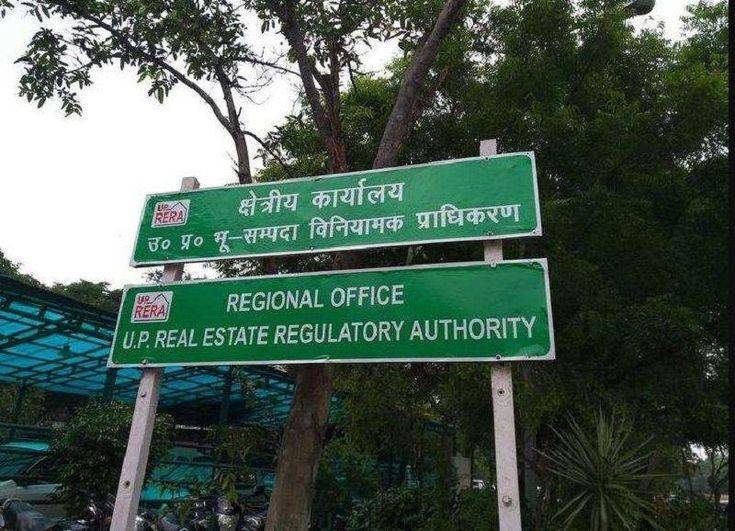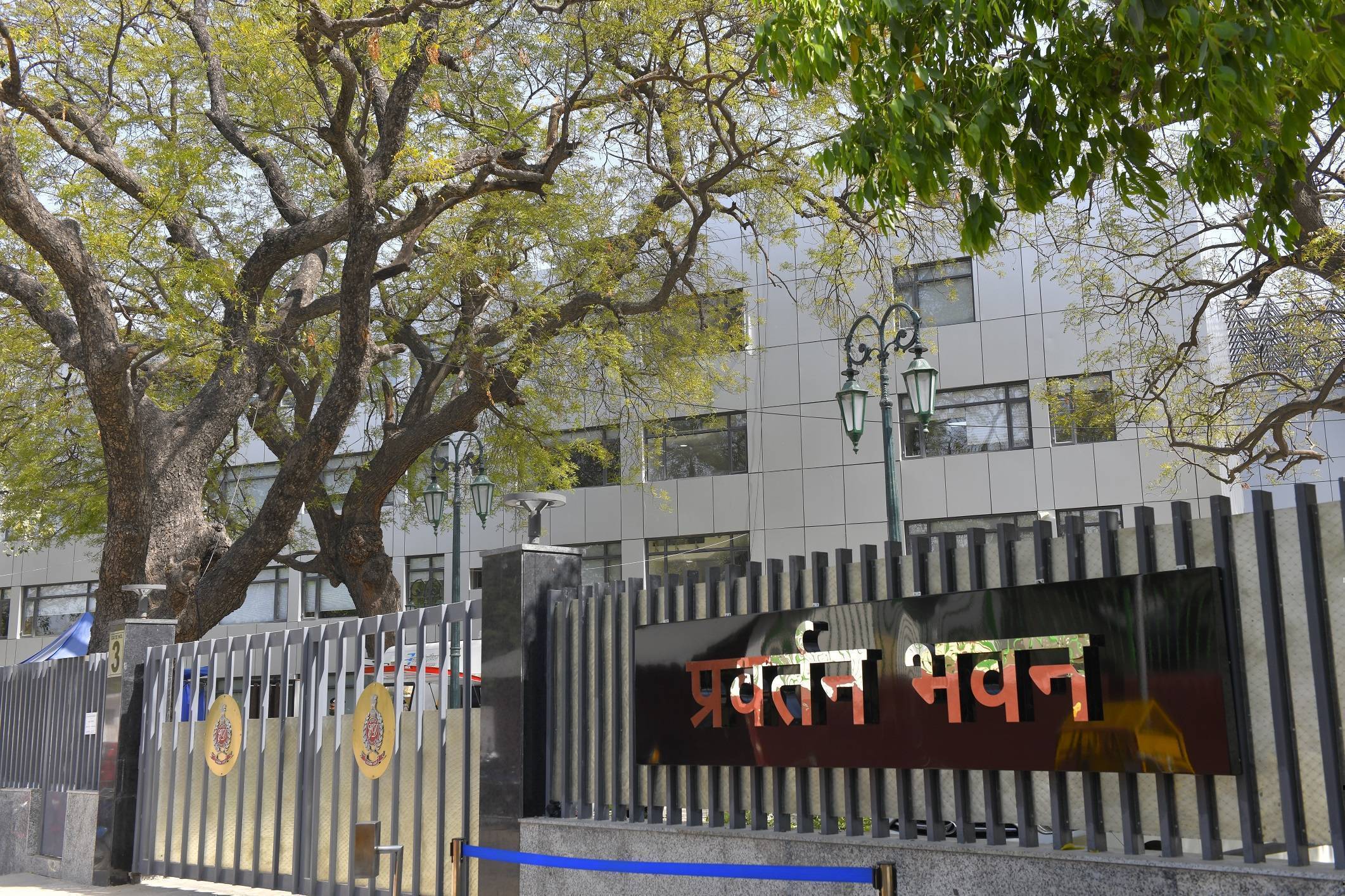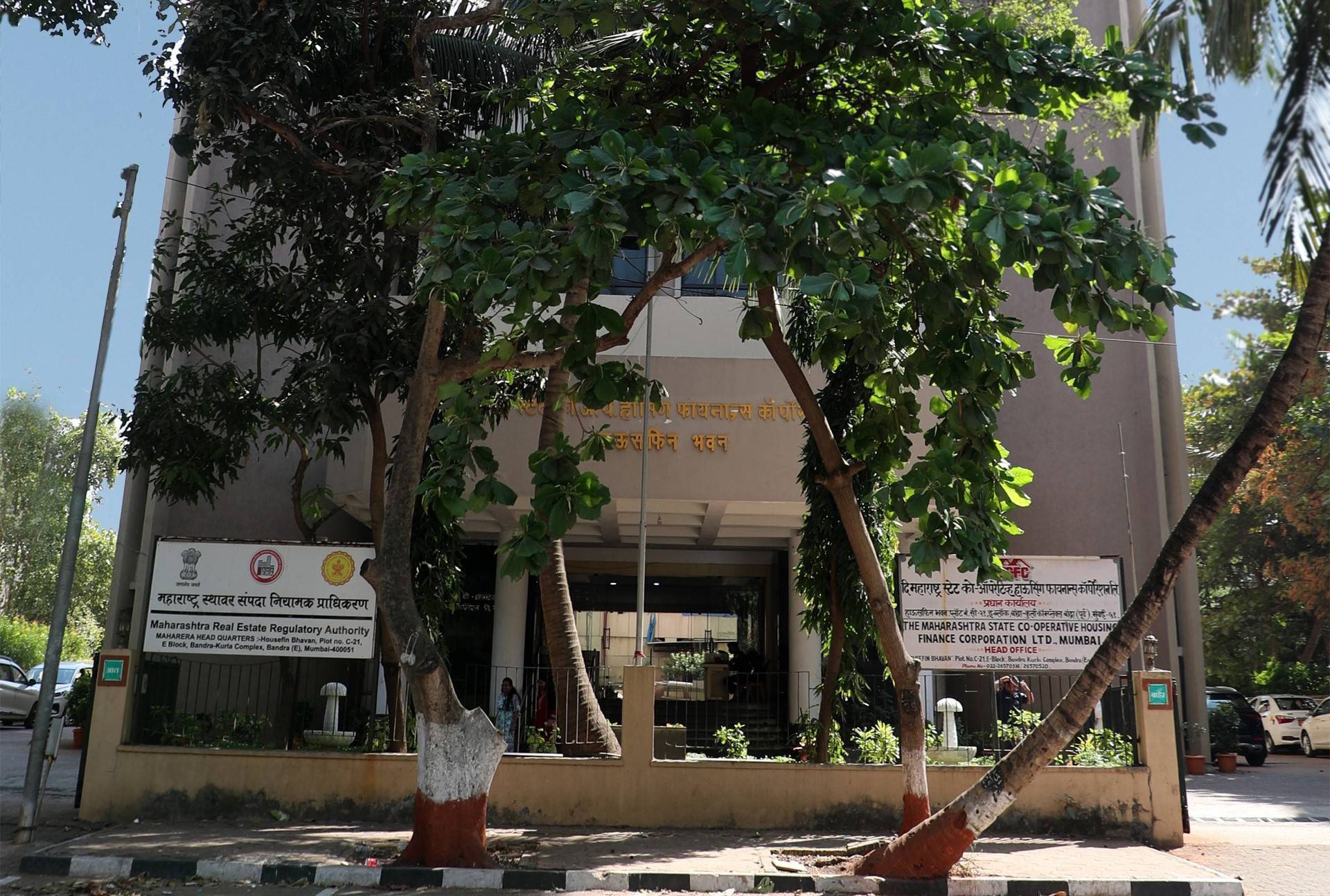The Uttar Pradesh Real Estate Regulatory Authority (UP-RERA) has taken a pivotal step in ensuring transparency and compliance within the real estate sector by directing competent authorities to cease the issuance of temporary completion certificates (C.C.) or occupancy certificates (O.C.). This directive, issued on July 12, 2024, aims to address the legal and administrative inconsistencies observed in the current practices of certificate issuance.
Background and Rationale
The real estate sector in India has often faced challenges related to transparency and adherence to regulatory norms. One significant issue identified by UP-RERA is the practice of issuing temporary or part-completion certificates and occupancy certificates. These certificates have created considerable confusion among homebuyers and stakeholders due to inconsistencies in the project details provided by the promoters and those recorded by the authorities.
UP-RERA observed that competent authorities were issuing part-C.C. or O.C. with project particulars that did not align with the names given by the promoter at the time of registration with RERA or those mentioned in the agreement for sale (Builder-Buyer Agreement, BBA) executed between the promoter and the homebuyer. This mismatch has led to significant doubts about the actual completion status of residential units, thereby undermining the confidence of homebuyers and the integrity of the regulatory process.
Directives Issued by UP-RERA
To rectify these issues, UP-RERA has issued several specific directives aimed at ensuring compliance and transparency:
1. Prohibition of Temporary Certificates: Competent authorities are instructed to immediately stop issuing any form of temporary or part-completion certificates or occupancy certificates. This directive ensures that all issued certificates are final and reflect the true status of the project’s completion.
2. Consistency in Project Details: Authorities must ensure that the names of the relevant towers or blocks of a project, for which part-C.C. or O.C. is being issued, match the names given by the promoter at the time of registration with RERA. This requirement is crucial to maintain consistency and avoid any discrepancies that could mislead homebuyers.
3. Detailed Project Information: Authorities are required to obtain comprehensive information about the project, including its marketing name, the names of towers/blocks, and the number of units from the promoter when applying for map sanction. This detailed information must be used to ensure that the completion or occupancy certificates issued reflect the same names and details, thereby preventing any confusion regarding the project’s completion status.
Statement from UP-RERA
Sanjay Bhoosreddy, Chairman of UP-RERA, emphasized the importance of these directives in ensuring clarity and transparency. he said, “It has been observed that the names of the completed towers, blocks, or units mentioned in the part-C.C.s or O.C.s issued by some planning authorities do not match the names provided by the promoter to UP-RERA at the time of registration. This inconsistency creates doubts in the minds of both homebuyers and the regulatory authority. With some due diligence at the level of the planning authorities, this problem can be easily addressed.”
Impact on Homebuyers
The primary goal of UP-RERA’s directive is to protect homebuyers from the uncertainties caused by mismatched project details. When part-C.C. or O.C. certificates contain inconsistent information, homebuyers may have doubts about the completion status of their units. This uncertainty can affect critical processes such as the execution of conveyance deeds and the handover of possession, leading to potential delays and disputes.
By ensuring that all completion and occupancy certificates are issued with accurate and consistent project details, UP-RERA aims to eliminate these uncertainties. This move will provide homebuyers with greater confidence in the completion status of their units, thereby facilitating smoother transactions and possession processes.
Future Compliance and Transparency
UP-RERA’s directive is expected to have a far-reaching impact on the real estate sector, fostering a culture of compliance and transparency. By requiring authorities to verify and maintain consistent project details, UP-RERA aims to establish a more reliable and trustworthy real estate market. This move also underscores the authority’s commitment to upholding the legal and regulatory framework governing the issuance of completion and occupancy certificates.
Enhancing Regulatory Integrity
The directive from UP-RERA highlights the importance of regulatory integrity in the real estate sector. By addressing the issue of inconsistent project details, the authority is taking a proactive approach to safeguard the interests of homebuyers. This initiative is expected to set a precedent for other regulatory authorities across India, encouraging them to adopt similar measures to enhance transparency and compliance.
Conclusion
The Uttar Pradesh Real Estate Regulatory Authority’s directive to refrain from issuing temporary occupancy certificates marks a significant milestone in the quest for transparency and regulatory compliance in the real estate sector. By ensuring consistency in project details and prohibiting the issuance of temporary certificates, UP-RERA is taking decisive action to protect homebuyers and maintain the integrity of the regulatory process.
Image source- Pinterest









.png)